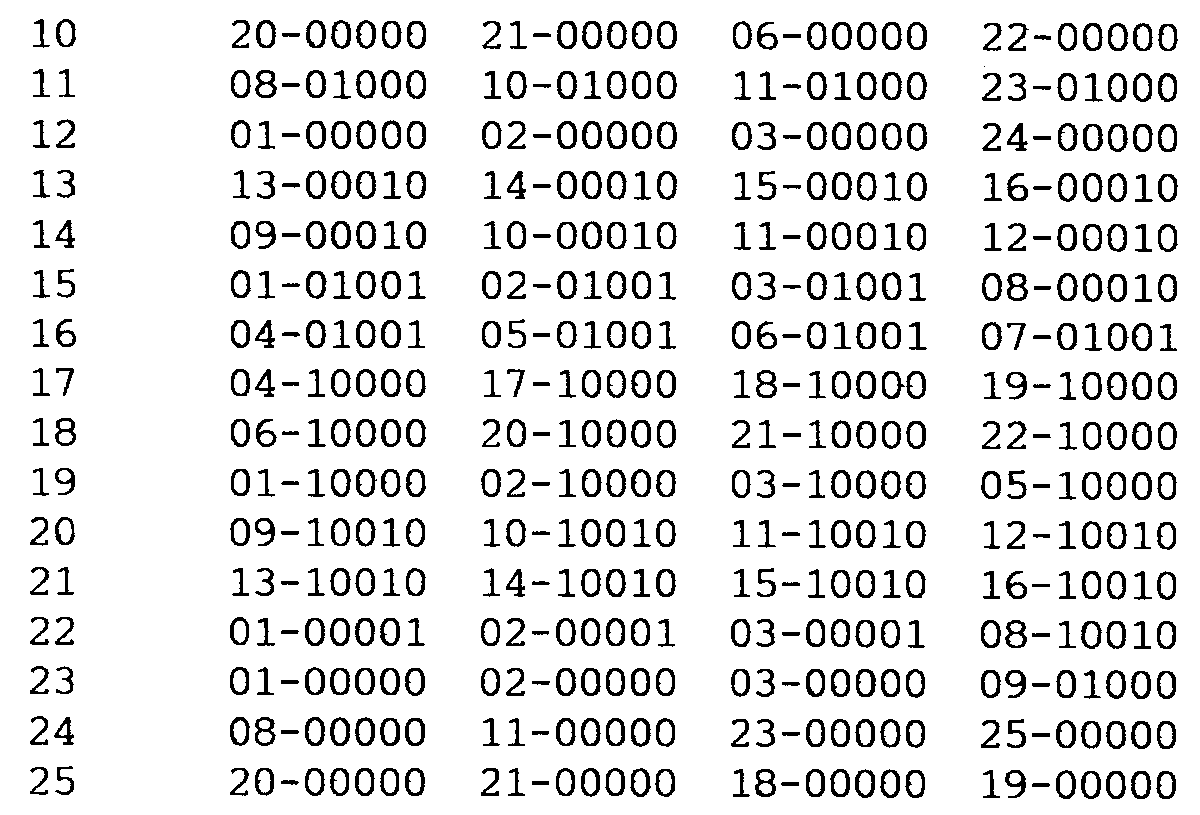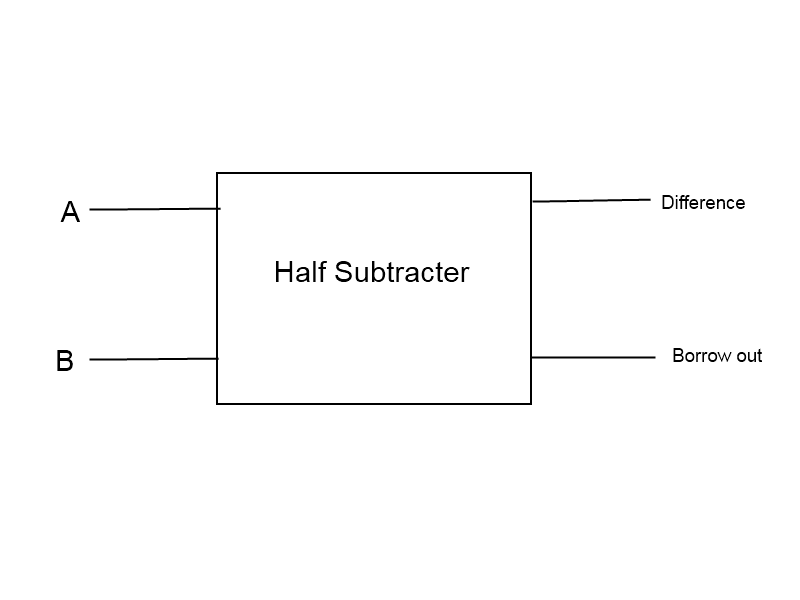

Only unsigned binary implementations are discussed, with an arbitrary size in bits noted throughout the RFC (and below) as "SERIAL_BITS".Īdding an integer to a sequence number is simple unsigned integer addition, followed by unsigned modulo operation to bring the result back into range (usually implicit in the unsigned addition, on most architectures):Īddition of a value below 0 or above 2 SERIAL_BITS−1 − 1 is undefined.

Only addition of a small positive integer to a sequence number and comparison of two sequence numbers are discussed.
BIT SERIAL ARITHMETIC SERIAL NUMBER
PAWS applies the same serial number arithmetic to packet timestamps, using the timestamp as an extension of the high-order bits of the sequence number. Some versions of TCP use protection against wrapped sequence numbers (PAWS). Many communication protocols apply serial number arithmetic to packet sequence numbers in their implementation of a sliding window protocol. Some protocols choose to ignore these issues and simply use very large integers for their counters, in the hope that the program will be replaced (or they will retire) before the problem occurs (see Y2K). It is often important for the algorithm not to "break down" when the numbers become so large that they are incremented one last time and "wrap" around their maximum numeric ranges (go instantly from a large positive number to 0 or a large negative number). This task is rather more complex than it might first appear, because most algorithms use fixed-size ( binary) representations for sequence numbers. 128 in an 8-bit value), it is considered to be "after" the former, whereas other decreases are considered to be "before". In short, when the absolute serial number value decreases by more than half of the maximum value (e.g. The IETF ( Internet Engineering Task Force) RFC 1982 attempts to define "serial number arithmetic" for the purposes of manipulating and comparing these sequence numbers. For example, a communication protocol must know whether some packet comes "before" or "after" some other packet. Many protocols and algorithms require the serialization or enumeration of related entities.


 0 kommentar(er)
0 kommentar(er)
